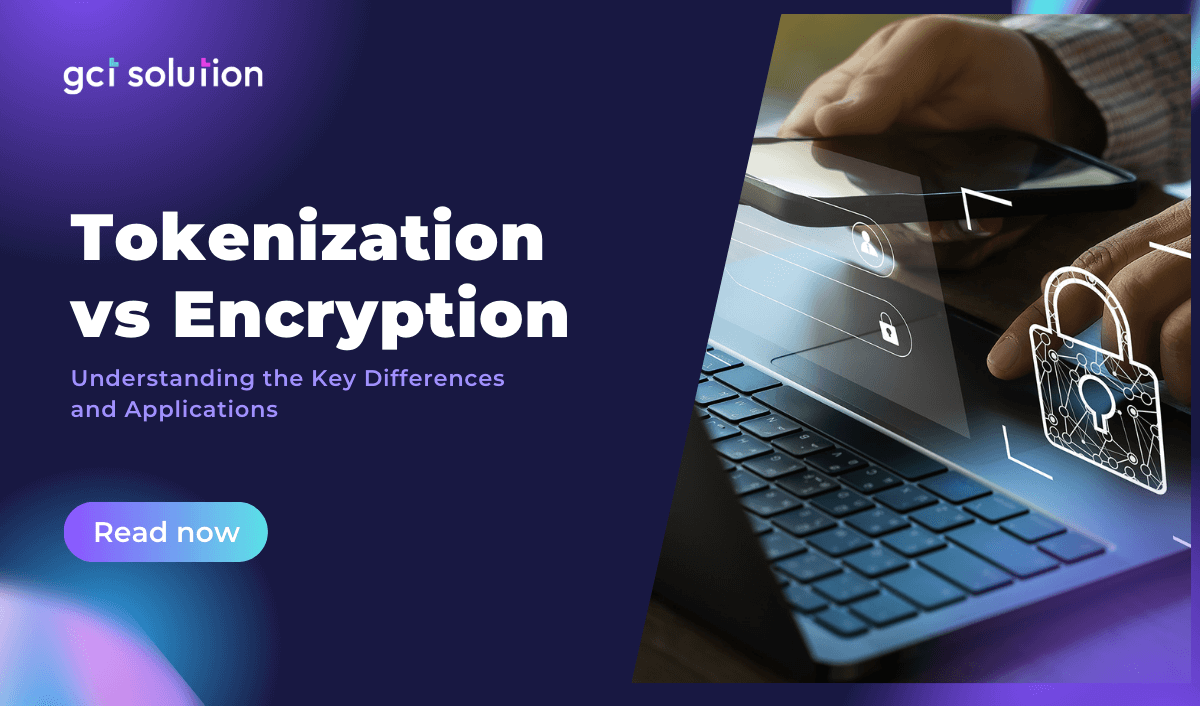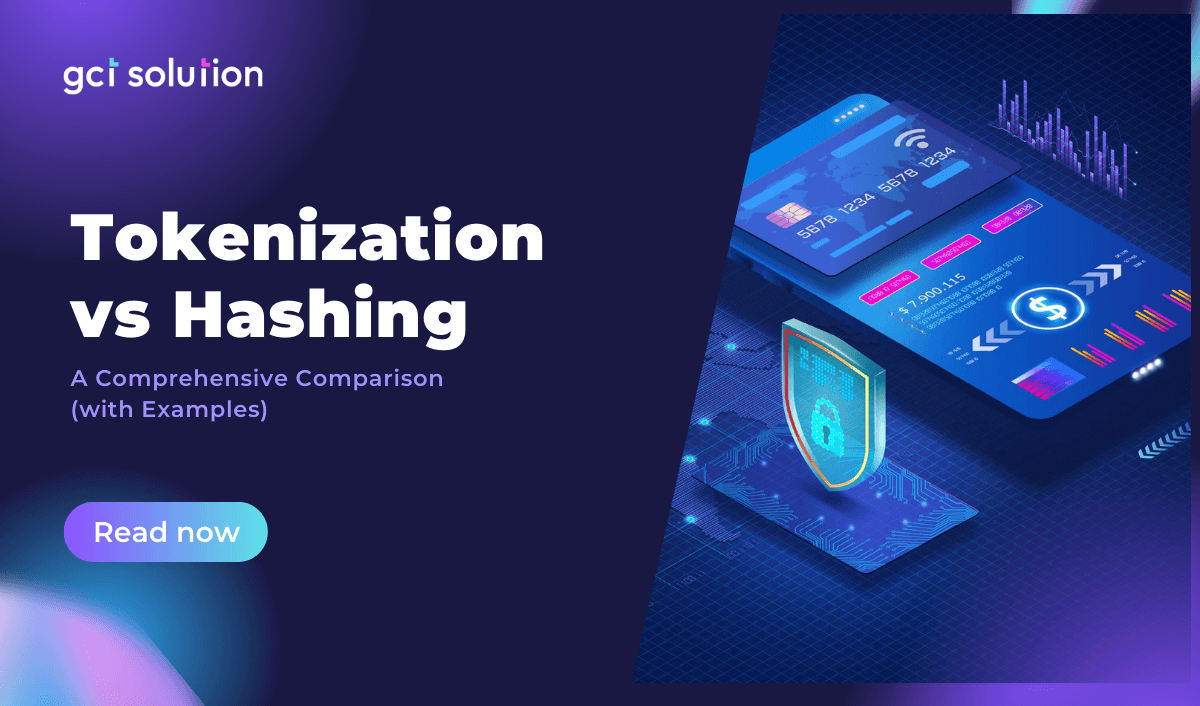Blockchain technology has the ability to disrupt industries as it is decentralized, transparent, and secure by design. Consensus mechanism, in fact, is the most basic component that allows blockchains to work properly. In this blog we look at what a consensus mechanism is, why it is important, what are the several types that exist, and real-life examples where blockchain uses these consensus mechanisms.
8 Best Blockchain Security Projects to Learn From
With its decentralized, transparent, and immutable approach to solving various problems, blockchain technology has become a game changer in many industries. As it has gone upwards, the question of security has also risen and has led to the creation of bull-strong security measures, and specialization in projects to secure blockchain networks. This blog gets into the nitty-gritty of blockchain security detail, 8 notable projects and companies that currently serve the niche, accompanied by best practices, and key takeaways.
Tokenization vs Encryption: Understanding the Key Differences and Applications
Today, with the world of business being more connected than ever, the importance of proper data protection cannot be overemphasized. Businesses are seeking ways to safeguard important information from emerging cyber threats on a daily basis. Two of the crucial technologies that must be integrated into the strategy in order to keep data well-protected are tokenization and encryption. Despite having the same objective of safeguarding data from unauthorized access, both technologies have varied mechanisms. This blog unravels the nuts and bolts of tokenization and encryption and explores the concept of the uniqueness of these two technologies and the advantages provided by them.
Tokenization vs Hashing: A Comprehensive Comparison (with Examples)
Data breaches are increasingly becoming one of the greatest concerns for most organizations worldwide. In a report by Verizon dated 2017, it found out that 81% of data breaches are caused by stolen or weak passwords; this, therefore, calls in the importance of the security of the password in organizations. In countering this, cybersecurity has taken an even more advanced measure with tokenization and hashing. Tokenization and hashing are two of the security approaches, each with distinct approaches to guaranteeing information security. Let's dive deep into these two awe-inspiring methods with GCT Solution.
The Future of Tokenization: 8 Tokenization Trends in 2024
The financial landscape is undergoing a profound transformation, driven by the rapid adoption of blockchain technology and the advent of tokenization. This innovative process, which involves converting ownership rights in assets into digital tokens on a blockchain, is not just a theoretical concept but a burgeoning market force. As of 2023, the market for tokenized assets is projected to reach a staggering $16 trillion by 2030, highlighting the immense potential and growing investor interest (Hackernoon). This growth is underpinned by the increasing tokenization of traditional financial assets, diversification into new asset classes, and significant advancements in regulatory frameworks and technology. As we look ahead to 2024, understanding the trends and catalysts driving this revolution is crucial for businesses and investors seeking to capitalize on these emerging opportunities.
Differentiating Cryptography and Encryption in 5 Minutes!
With the increasing number of cyber attacks and data breaches, organizations and individuals must implement effective security measures to protect sensitive information from unauthorized access. Two fundamental concepts in secure communication are cryptography and encryption. According to a report by Cybersecurity Ventures, the global cost of cybercrime is expected to reach $10.5 trillion annually by 2025, up from $3 trillion in 2015. This alarming statistic highlights the importance of implementing robust security measures, including cryptography and encryption, to protect sensitive data and ensure secure communication. Understanding the differences between cryptography and encryption, as well as the role of cryptographic controls and cryptology, is essential for implementing effective security measures and protecting sensitive data from unauthorized access. Let's gain an insight from GCT Solution's experts!
Cryptography Attacks: Definition, Types, Examples, and Prevention
Cryptography attacks are a significant threat to digital security, exploiting vulnerabilities in cryptography systems to gain unauthorized access to sensitive information. According to a report by the Identity Theft Resource Center, in 2021, reported losses exceeded $6.9 billion for Americans, with an average loss of over $8,140 per complaint. The cost for U.S. organizations topped $9.4 million, highlighting the financial impact of cybersecurity incidents. Understanding the various types of cryptography attacks is crucial for developing robust security measures. These attacks can be highly effective, and it is essential to use strong encryption algorithms and keys to defend against them. Let's dive deeper into this comprehensive guide with insights from GCT Solution’s experts! What is a Cryptography Attack? Cryptography attacks are methods used by cybercriminals to breach, decrypt, or steal encrypted data. Encryption is a security technique that converts plain text into unreadable code, making it difficult for unauthorized users to access sensitive information. However, with the right tools and techniques, attackers can crack the encryption and access the data. Security attacks in cryptography can have severe consequences, including financial loss, reputational damage, and legal liability. For example, the Heartbleed Bug, a vulnerability in the OpenSSL cryptography library, affected millions of websites and resulted in the theft of sensitive information from many of them. This cost companies millions of dollars in remediation efforts and legal fees.
A Complete Explanation about Smart Legal Contracts
The use of smart contracts has become increasingly popular, with the global smart contract market size projected to reach USD 34.4 billion by 2027, growing at a compound annual growth rate (CAGR) of 24.1% from 2020 to 2027. Smart contracts are self-executing agreements with the terms of the contract directly written into lines of code, enabling automation, efficiency, and security in contract execution. Among the various types of smart contracts, smart legal contracts have gained significant attention due to their potential to revolutionize the legal industry by automating legal processes, increasing transparency, and reducing costs. This article provides an in-depth analysis of smart legal contracts, including their benefits, challenges, legal implications, and real-world use cases.
Decentralized Web Hosting Tutorial: A Beginners’ Guide
Decentralized web hosting emerges as a disruptive solution, leveraging distributed networks and blockchain technology to redefine how websites are stored and delivered. With the global decentralized web hosting market projected to grow at a staggering CAGR of 47.1% between 2021 and 2028, reaching a market size of $1.48 billion by 2028 (ResearchAndMarkets), the shift towards decentralization is not just a trend but a transformative force reshaping the digital landscape. Let's delve into the world of decentralized web hosting and uncover its transformative potential with GCT Solution!
Blockchain Development Roadmap: From Beginner to Pro in 2024
The blockchain industry is experiencing unprecedented growth, with the global blockchain market size reaching $10 billion in 2023 and projected to soar to $1.4 trillion by 2030, showcasing a remarkable 87.7% compound annual growth rate. As blockchain technology continues to disrupt traditional industries and drive innovation, the demand for skilled blockchain developers is on the rise. In this comprehensive blog, we dive into the essential roadmap, providing insights and guidance for aspiring developers looking to navigate this dynamic and transformative field.










